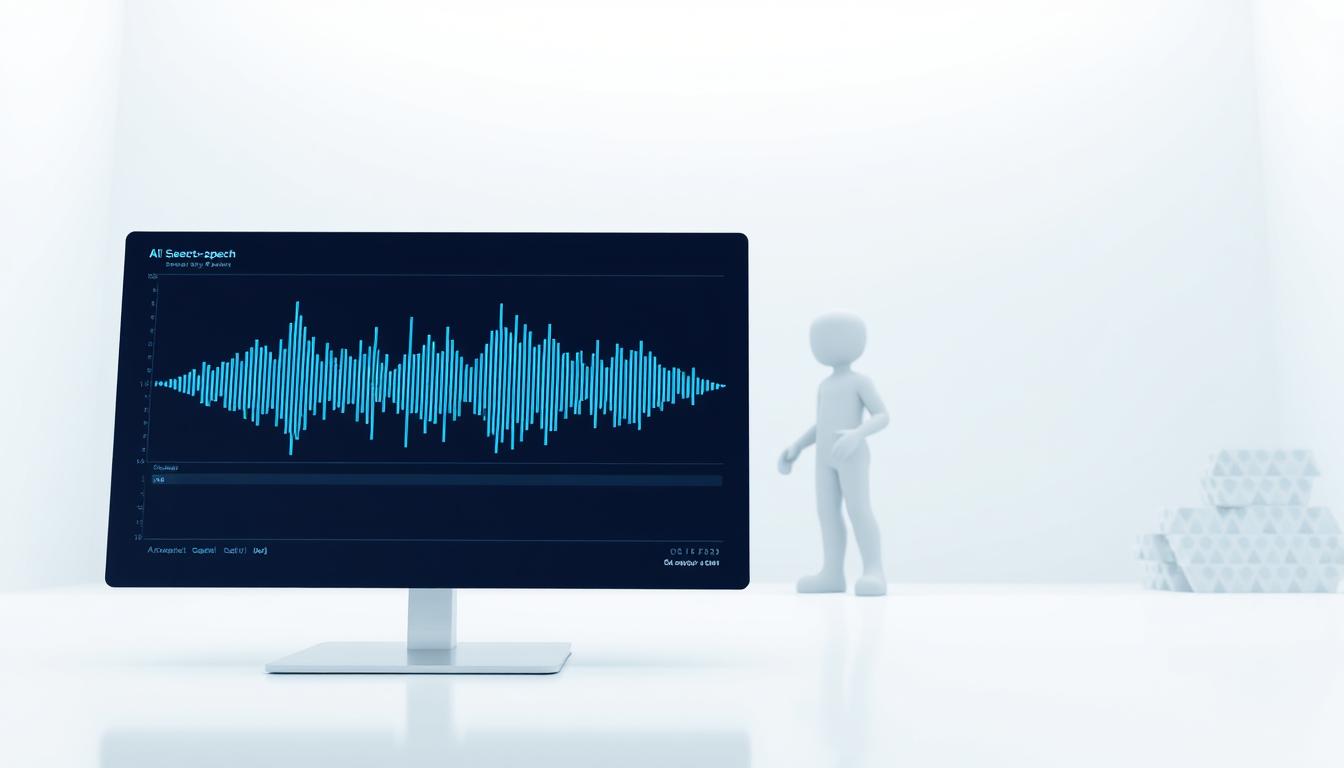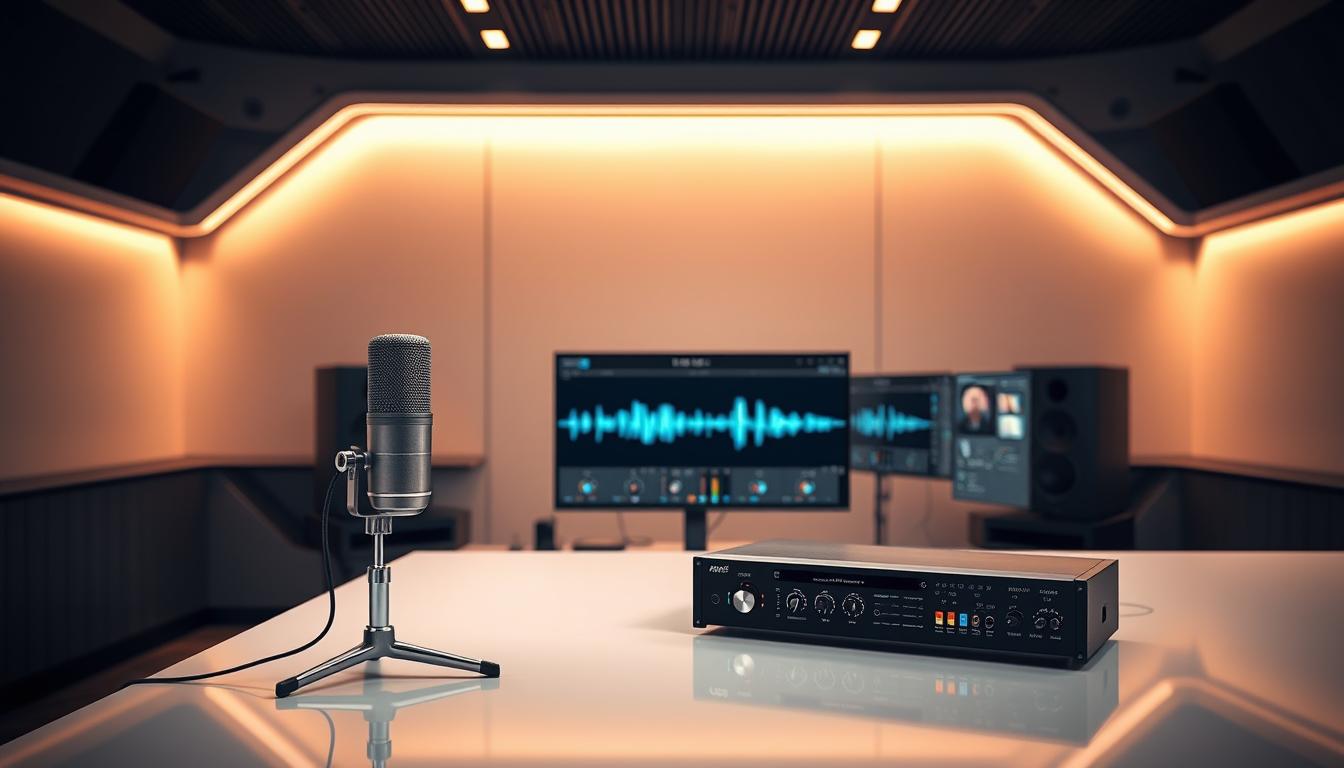AI in Academia: Augmenting the Research Workflow



Can machines truly capture the essence of the human voice? With the rapid evolution of AI voice technology, this question is more relevant than ever. This guide explores the best AI audio generators of 2025, showing you how to transform text into high-quality, natural-sounding audio for podcasts, videos, and more.
This guide is for anyone who needs to create audio content efficiently. It is designed for content creators wanting to produce podcasts or video narrations, educators developing e-learning materials, marketers creating voiceovers for ads, and developers looking to integrate text-to-speech into their applications. No technical expertise is required to get started.
With rapid changes in AI voice technology, this question becomes more important every day. The rise of AI voice technology has changed how we make and listen to audio. In this guide, we'll dive deep into AI audio generators, looking at their role in 2025 and the growing impact on different industries.

Robotic, hard-to-understand voices with limited capabilities.
Better pronunciation and more natural-sounding voices.
Human-like speech with emotions, tone, and natural flow.
Why does this matter today? AI text-to-speech technology is very important now. With AI-powered text to voice converters in 2025, making high-quality audio is fast and easy. It helps people who can't see well, makes better audiobooks and podcasts, and works great for customer service and teaching languages.
Understand AI audio generator basics.
Learn the significance of AI voice in 2025.
Discover applications across industries.
Know how to choose the best AI voice generator.
AI text-to-speech generators in 2025 now offer amazing voice quality thanks to improvements in advanced acoustic modeling, better pronunciation handling, and the ability to add emotional expression to make speech more human.
Starting your first AI voice project is easy. Let's walk through each step to bring your project to life.
Pick a platform with high-quality voices like ElevenLabs. After signing up, install any needed software or get your API keys.

A well-prepared script ensures a natural-sounding AI voice. Use correct punctuation and spell out technical terms.
Choose the right voice type, speed, and pitch to match your project's tone.
Once ready, click "Generate." After previewing, export the file in your desired format, like MP3 or WAV.
Settings: Professional Male Voice, 0.9x Speed, 0.8 Stability
Result: 45-second generation, high client satisfaction.
In 2025, the best AI voice generators are changing the game. Let's compare the top contenders to see what makes each one special.
| Feature | ElevenLabs | OpenAI | Amazon Polly | Azure | |
|---|---|---|---|---|---|
| Voice Quality | ⭐⭐⭐⭐⭐ | ⭐⭐⭐⭐⭐ | ⭐⭐⭐⭐ | ⭐⭐⭐⭐ | ⭐⭐⭐⭐ |
| Languages | 28+ | 50+ | 100+ | 60+ | 75+ |
| Pricing (per 1k chars) | $0.30 | $0.015 | $4.00 | $4.00 | $16.00 |
| Best For | Audiobooks | Conversational AI | Enterprise Apps | E-learning | Enterprise |
| Free Tier | 10k chars/mo | No | 1M chars/mo | 5M chars/mo | 500k chars/mo |
Known for amazing voice quality and flexibility for content creators.
Try ElevenLabs →Great at understanding context and speaking like a human for interactive apps.
Learn More →Top-tier synthesis using Google's deep research. Reliable for enterprise applications.
Try Google TTS →TechEdu Online faced low course completion rates (23%). By integrating Amazon Polly for AI voice narration, they transformed their platform.
| Component | Requirement |
|---|---|
| Internet Speed | 10+ Mbps |
| Browser | Latest Chrome/Firefox |
AI text-to-speech has many amazing uses that are changing how we create and consume digital content. Let's explore the most impactful applications and learn advanced techniques for professional results.
Make audio for YouTube videos, podcasts, and social media ads without needing voice actors.
Provide audio alternatives for visually impaired users and those with reading difficulties.
Make learning more engaging by converting online courses and textbooks into audio.
Create more realistic and dynamic characters for video games, audiobooks, and interactive stories.
Getting the pronunciation right is key. Use phonetic spelling for difficult words or SSML tags for precise control.
Adding emotional depth makes AI speech more engaging. Here’s how you can guide the AI:
Use audio cleanup tools like Audacity or Adobe Audition to remove unwanted sounds and balance levels.
For difficult words, create custom pronunciation guides or use industry-specific voice models if available.
When working with multiple languages, always use native language models and test pronunciation with native speakers.

If the voice sounds robotic, try premium voice models. For unnatural pauses, fix the punctuation in your script or add SSML break tags.
Watch this demonstration of cutting-edge AI voice technology to learn about the latest developments in the field.
The future of audio is here. Start your journey today.
Try ElevenLabs for FreeGet a detailed breakdown of the top AI voice platforms.
Discover how AI can translate and dub audio into multiple languages.
Learn how to combine AI voices with AI avatars for complete video presentations.
The future of AI voice generation is incredibly exciting. As we've explored, the technology has evolved from robotic systems to sophisticated, human-like voices that can express emotion and handle complex content with ease.
Begin with a simple project to learn the basics before scaling up.
Get real feedback from your audience to improve quality.
Track engagement and ROI to prove the value of AI voice.
The future is here, and it sounds amazing. Start your AI voice journey today!
AI text-to-speech uses machine learning to create natural, human-like voices. Traditional systems often sound robotic.
Consider voice quality, language support, customization options, and pricing. Always use free trials to test options.
Yes, many modern tools excel at this. For best results, use native language models and test with native speakers.
They provide audio alternatives for visually impaired users and help people with reading difficulties.
Use custom pronunciation features or SSML to define the exact sounds.
Comments
Post a Comment